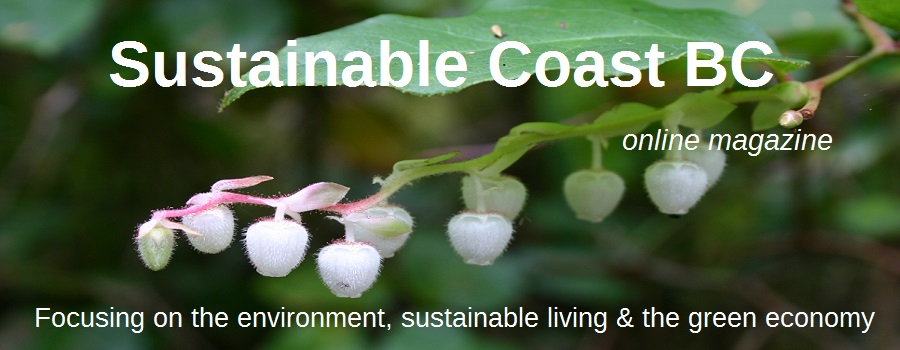News
On August 1st the Sechelt Council passed Bylaw 486 which prohibits open burning
for the purpose of land clearing for development beginning Jan. 1, 2014. After Jan. 1,
2014, developers can no longer burn and will have to use other methods, such as
chipping, to dispose of the wastes from land clearing.
This bylaw has been in the making for about four years, and it’s adoption is good
news to many community, health, and environmental organizations that have supported
it. Many children, adults and elderly residents with respiratory illnesses, including
asthma, have suffered when smoke from the developers’ fires hung in the air for
sometimes days. Passage of this bylaw is good for obvious health reasons.
The Sechelt Council incorporated suggestions by Paul Martiquet, M.D., medical
health officer for Vancouver Coastal Health, which increased set backs from schools
and hospitals for setting a fire so as to protect those who are ill and young from the
health effects of smoke. For example, there can be no fires within 500 metres of
schools in session, hospitals, and facilities used for continuing care as defined under
the Continuing Care Act.
Previously there was a 100% ban on backyard burning. This new bylaw opens a
window from Oct. 15th to 31st where residents can burn backyard wastes though no
toxic materials - like rubber tires, tar, asphalt, batteries, electrical wire insulation,
plastics, fuel and lubricant containers, animal waste, and all similar substances which
produce heavy black smoke - can be burned. It’s also illegal to burn garbage,
construction waste, or demolition waste.
Opening a two week window in October is a two year pilot program during which
time the District plans to conduct an education campaign to encourage residents to take
backyard wastes to the landfill for free, use chipping, and learn to compost and mulch.
The 100% backyard burn ban was difficult for some with extenuating situations, and
many residents don’t know how to mulch or compost. The goal at the end of two years
is to reduce and eliminate backyard burning as people adopt alternatives to burning.
There’s been some misunderstanding in the District regarding campfires. According
to Bylaw 486, campfires are ok if they are no more than one metre in height and one
metre in diameter, do not create a smoke or spark nuisance to a neighbor, or do not
contravene and Federal, Provincial or Fire Department regulations. For example, under
very dry circumstances there can be a provincial ban on all campfires. Campfires shall
be contained in a fire pit, be clear of overhanging foliage, have access to a water hose,
and be tended by someone 18 years or older.
Council discussion of this bylaw generated opposing opinions. All sides did a little
give-and-take. Developers can burn until Jan. 1, 2014, and then they incur higher costs
to dispose of wood waste when they can no longer burn. Those with respiratory
illnesses live with smoke until Jan. 1, 2014, and then there will be no more large
commercial burns. Homeowners too close to a developer’s burn will continue to have
particulate matter fall on their houses, cars, and gardens until Jan. 1, 2014, and then no
more.
Nothing in this bylaw precludes a developer from using non-burning methods, such
as chipping, right away. Some have already done so. I hope more do so.
In less than two years, we’ll have cleaner air, and development of new residential and
commercial projects will continue. We can have good health, clean air, and vibrant
businesses.
In two years, hopefully, more residents will respond to the education efforts
of the DOS, and more of us will use other methods, rather than burning, to get rid of our
backyard wastes. If we light fewer fires in the first place, we decrease the chance of
forest or house fires. The health benefits are substantial; and the health costs, paid by
all of us, are reduced.
Elizabeth McNeill
S.C. Clean Air Society
